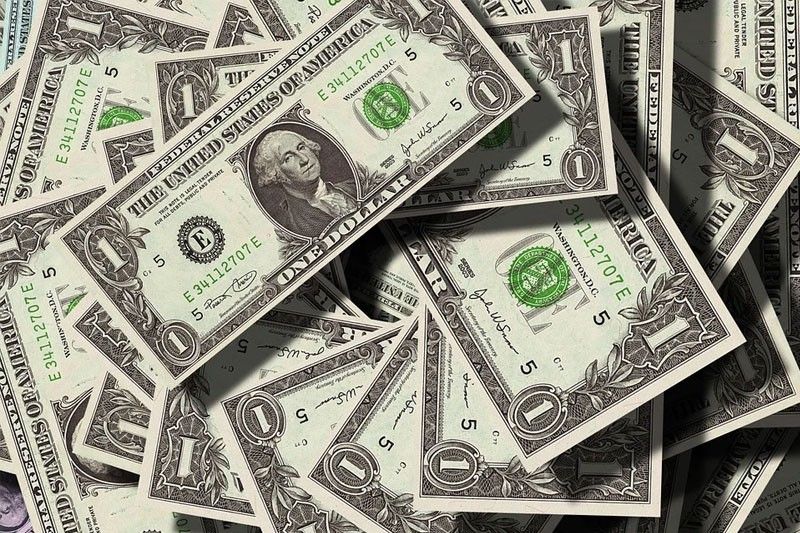Forex buffer drops below $100 billion

As peso continues to weaken vs US dollar
MANILA, Philippines — The country’s foreign exchange reserves last month fell below the $100-billion level for the first time in almost two years amid the heavy depreciation of the peso against the US dollar, according to the Bangko Sentral ng Pilipinas (BSP).
Preliminary data released by the central bank Friday showed the country’s gross international reserves (GIR) hit a 23-month low of $98.83 billion in July, two percent lower than the $100.85 billion level in June.
This last time the buffer fell below $100 billion was in August 2020 at $98.95 billion. The GIR level has been on a decline since February this year.
“The month-on-month decrease in the GIR level reflected mainly the national government’s foreign currency withdrawals from its deposits with the BSP to settle its foreign currency debt obligations and pay for its various expenditures, and downward adjustment in the value of the BSP’s gold holdings due to the decrease in the price of gold in the international market,” the BSP said.
Data showed the value of the central bank’s gold holdings slipped by 1.9 percent to $8.76 billion in July.
Despite the continued decline, the BSP said the latest GIR level represents a more than adequate external liquidity buffer equivalent to 8.3 months’ worth of imports of goods and payments of services and primary income.
According to the BSP, the buffer is also 6.9 times the country’s short-term external debt based on original maturity and 4.5 times based on residual maturity.
The GIR is the sum of all foreign exchange flowing into the country and serves as buffer to ensure that it will not run out of foreign exchange that it could use in case of external shocks.
“The latest GIR level represents a more than adequate external liquidity buffer,” the central bank said.
Michael Ricafort, chief economist at Rizal Commercial Banking Corp., said the country’s GIR declined for the fifth straight month in July and shed 9.2 percent from $108.8 billion last year.
Ricafort said the decline was correlated with the weaker peso in recent months to touch its previous all-time low of 56.45 to $1 last month due to the aggressive rate hikes by the US Federal Reserve.
However, Ricafort said the local currency appreciated to 55.20 to $1 last Friday after the BSP delivered a series of rate hikes that brought the reverse repurchase rate to 3.25 percent from an all-time low of two percent.
For the coming months, he said the country’s GIR could still increase amid the continued growth in the country’s structural inflows from overseas Filipino workers’ remittances, business process outsourcing (BPO) revenues, foreign tourism revenues as well as foreign direct investment inflow.
“Thus, still relatively high GIR at $98.8 billion could still strengthen the country’s external position, which is a key pillar for the country’s continued favorable credit ratings for the second straight year, mostly at one to three notches above the minimum investment grade, a sign of resilience despite the COVID-19 pandemic that caused downgrades in other countries around the world,” Ricafort said.
The BSP Monetary Board is expects a smaller GIR of $108 billion instead of $112 billion for this year and $109 billion for next year. The country’s foreign exchange buffer hit a record high of $110.12 billion in December 2020.
BSP Governor Felipe Medalla told members of the Federation of Filipino Chinese Chambers of Commerce and Industry Inc. in a virtual forum that the country’s foreign exchange buffer remains comfortable.
To cope with external headwinds, the BSP has been raising interest rates and selling foreign exchange.
“The Philippine central bank is coping with what’s happening. Imports should be more expensive than the exchange rate book. At the same time, we don’t want much of that so we raise interest rates and we sold foreign exchange. Fortunately, our reserves are still quite comfortable,” Medalla said.
- Latest
- Trending





























